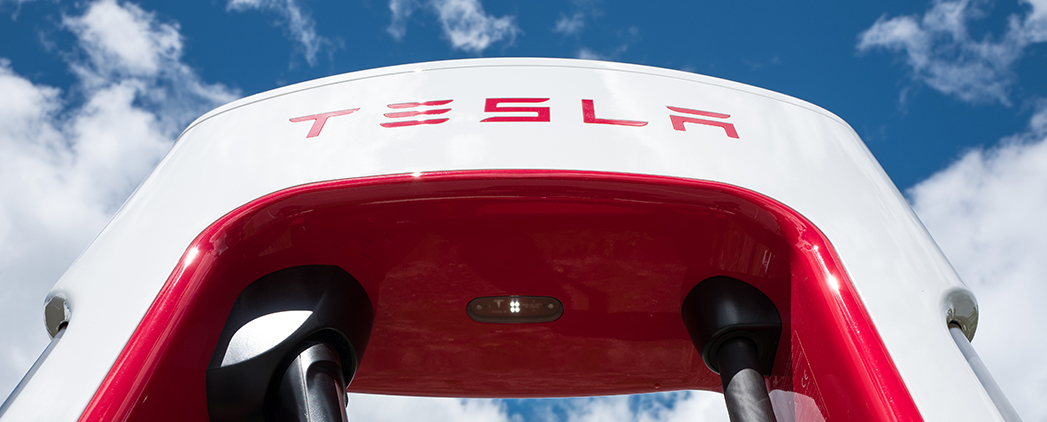
Last year was typically busy for the world’s leading and highest-profile battery electric vehicle maker. Hardly a week went by when Tesla wasn’t making headlines, both good and bad.
The California company heads into 2021 in a stronger position than many other carmakers. Its market capitalization hit U.S. $820 billion, it delivered 499,550 vehicles – only 350 short of its target – and it unveiled a host of new models and new features. But it was hit by recalls and criticized for keeping plants open during the pandemic.
This month, the United States National Highway Traffic Safety Administration asked Tesla to recall 158,716 pre-2019 Model S and Model X vehicles made at the Fremont, California, plant after complaints that touchscreen glitches led to some safety features going offline. The S and X are Tesla’s two upper-range models.
Model S and X production lines at Fremont were closed in mid-December for three weeks. The reason was undisclosed, even in an internal memo to staff seen by broadcaster CNBC, but speculation was that adjustments were being made to the older models’ designs. Shutdowns are not uncommon for retooling.
In October last year, the China State Administration for Market Regulation ordered Tesla to recall 48,442 U.S.-made Model S and Model X vehicles for suspected suspension failures. Tesla claimed bad Chinese roads were to blame. It was the fourth recall in China.
The NHTSA had just rejected a petition to investigate 246 cases in which owners claimed their cars spontaneously accelerated. The NHTSA said no technical fault could be found in any of the cases but instead blamed user error. The petition was organized and lodged a year ago by Brian Sparks, an investor who had been shorting Tesla stocks in the hopes that it would go down in value.
In June, Tesla ruffled the feathers of the Alameda County Public Health Department when it opened the Fremont plant earlier than had been agreed after an enforced shutdown due to COVID-19. Part of the agreement was that all infection cases would be reported to the authorities, but early opening meant that inevitable transmissions in that week went unreported. Chief Executive Elon Musk had already defied an order in March to halt production.
The company ruffled more feathers in the German courts, which ruled in July that use of the term “autopilot” misleads German drivers. A new hearing was recently set for October 2021. Authorities halted further forest clearing at the Gigafactory 4 in Berlin after environmentalists filed complaints. There was a back and forth between state agencies who alternately approved and halted clearance of 83 hectares of forest that would accommodate Tesla’s paint shop and other facilities.
When operations were going smoothly, the latest iteration of the Model Y went on sale in the United States last month. Dubbed the Model Y Standard, the second cheapest model comes with a smaller battery, rear-wheel drive and a third row of seats making the car a seven-seater. The plan to make the new version was shelved last year, but Musk reversed his initial decision that the vehicle’s shorter range wasn’t good enough and revived production.
In China, all-wheel-drive and performance variants of the Model Y were being pre-ordered aplenty. Order books filled up a few days after production began at the Shanghai plant in December. Deliveries were promised for this month but the second quarter of 2021 looks more likely, according to news reports. In the meantime, Chinese Tesla enthusiasts can be excited by the announcement of a new entry-levelcar based on the budget Model 3 to be available by 2022.
Tesla already registered production of the Model 3 performance version with the Chinese authorities. Rumors are that Tesla may produce battery packs for the Model 3 and Y with recycled materials. It also signed a battery supply contract with LG Chem for the Chinese edition Model Y.
The first of 7,000 Chinese-made Tesla Model 3 Standard Range Plus cars made landfall in Europe at year-end. Customer feedback isn’t glowing, however. Drivers claim the lithium iron phosphate battery isn’t up to snuff in cold weather. The shipment coincides with Tesla’s reversal on a policy of online-only sales in Europe by opening 40 dealerships, according to the automotive press.
After an import restriction was lifted in Israel in January, the Model 3 will can expect sales to start climbing. Until now, only 20 units were permitted mainly for testing purposes. Israeli drivers in their hotter climes shouldn’t suffer the same woes as their chilly European cousins. The same applies to Indian drivers, who will also soon be able to swoosh through the streets in a Tesla. The government announced at the end of last year that the local business unit will be called Tesla India Motors and Energy Private Limited.
In December, Tesla negotiated revised pricing with partner Panasonic for cells made in Japan until the end of March. The two companies have had a varied relationship these past two years, with the Japanese electronics giant quitting a renewable energy venture with Tesla and being elbowed out as the EV maker’s sole battery supplier.

Sorry, a technical error occurred and we were unable to log you into your account. We have emailed the problem to our team, and they are looking into the matter. You can reach us at cs@lubesngreases.com.
Click here link to homepage